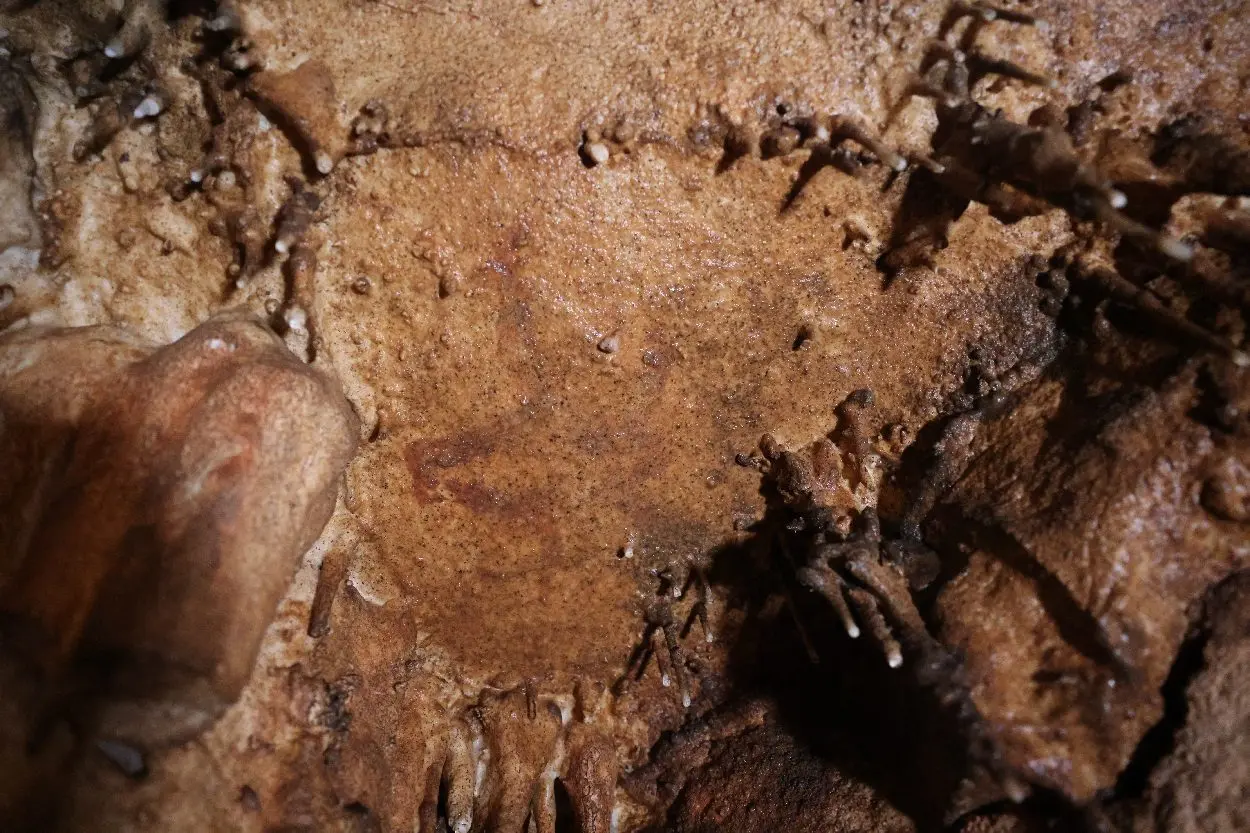Archaeologists from the Universities of Zaragoza and Alicante have discovered the largest concentration of Palaeolithic cave art in Eastern Iberia during a study of the Cueva Dones.
Cueva Dones is a cave located in Millares, Spain, which was first discovered in 1821 when an earthquake exposed the entrance. The site consists of a single-gallery cave approximately 500 metres deep, that opens onto a steep canyon in the municipality of Millares.
In a recent study published in the journal Antiquity, archaeologists have identified over a hundred parietal motifs such as paintings and engravings which date from the Palaeolithic period around 24,000-years-ago. According to the researchers, Cueva Dones has the largest concentration of motifs in Eastern Iberia, and possibly Europe since the discovery at Atxurra (Bizkaia) in 2015.

110 graphic units have been identified, including at least 19 zoomorphic representations of animals such as horses, hinds (female red deer), aurochs, and stags. According to the study: “The rest of the art consists of conventional signs (rectangles, meanders), several panels of ‘macaroni’ (‘flutings’ made with either fingers or tools dragged across a soft surface), isolated lines, and poorly preserved unidentified paintings.”
A majority of the paintings have been made through the application of red clay found on the cave floor. Although painting in clay is known in Palaeolithic Art, examples of its usage are extremely rare.
“The Cueva Dones rock art is a key discovery in Mediterranean Palaeolithic art. While the project is still in its early stages, preliminary results reveal an enormous potential for research at the site and establish this assemblage as arguably the most important for the eastern Iberian coast,” said the study authors.
https://doi.org/10.15184/aqy.2023.133
Header Image Credit : Antiquity







